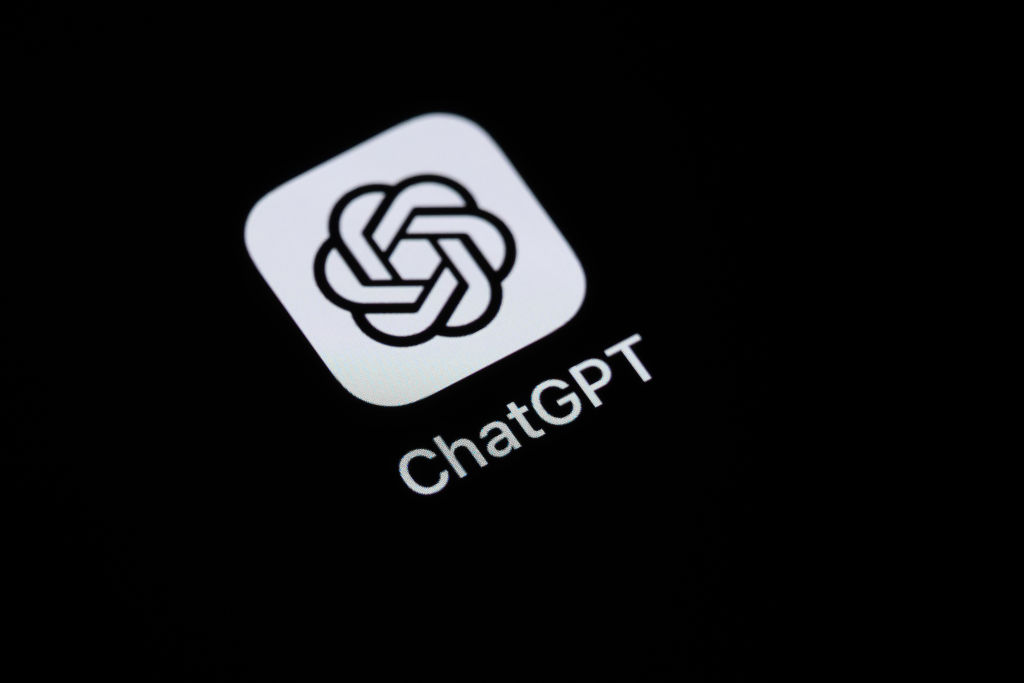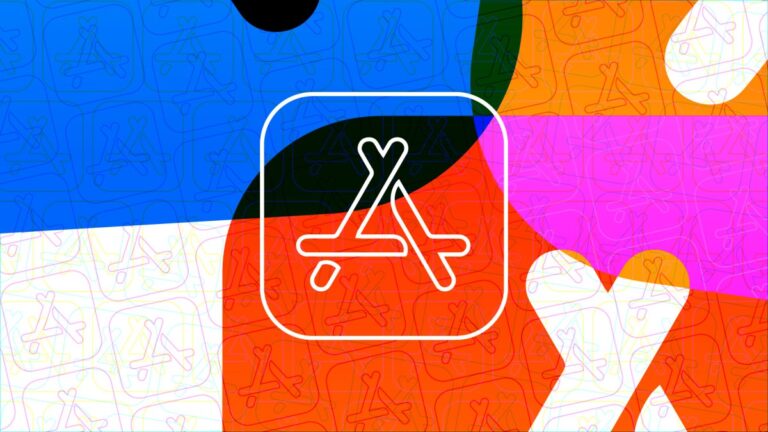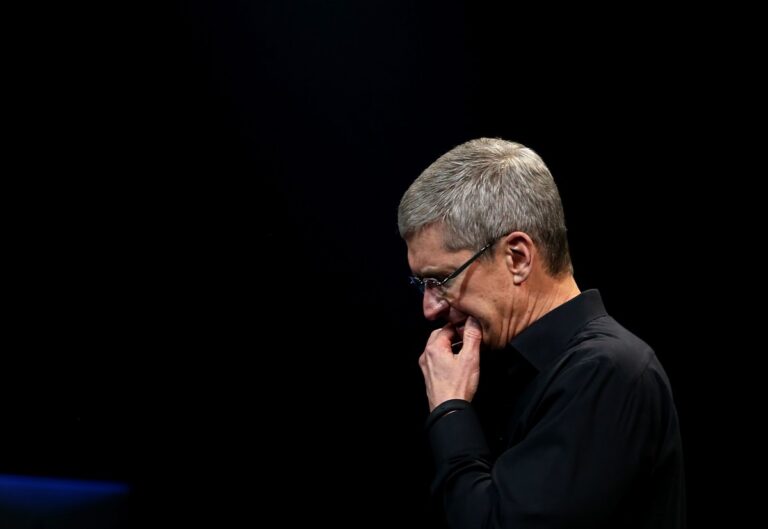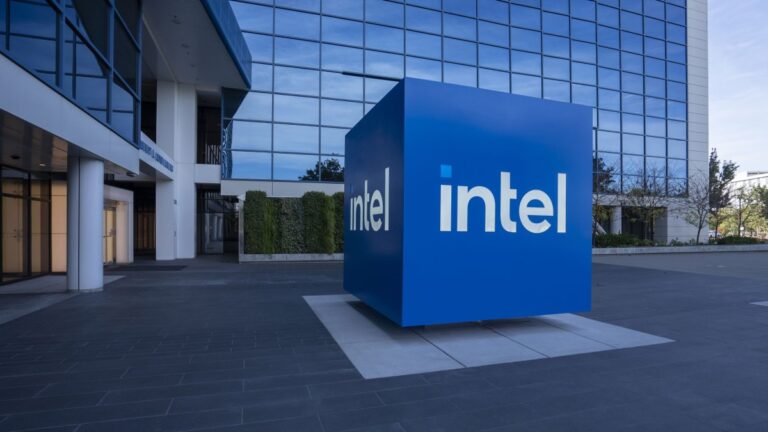Unlocking the Latest Viral ChatGPT Trend: Mastering Reverse Location Search with Photos!
The rise of AI technology has led to an interesting yet concerning trend: users are leveraging ChatGPT to identify locations from images. With the recent release of OpenAI’s advanced AI models, o3 and o4-mini, the capability to analyze and reason through uploaded images has taken a significant leap forward.
Understanding OpenAI’s Latest AI Models
OpenAI’s newly launched models, o3 and o4-mini, possess unique features that allow them to manipulate images effectively. They can crop, rotate, and zoom in on various photos, even if they are blurry or distorted. This advanced functionality greatly enhances the models’ ability to analyze images thoroughly.
Key Features of o3 and o4-mini
- Image Manipulation: Crop, rotate, and zoom capabilities.
- Web Searching: Ability to search for information online related to the image.
- Location Identification: Effective in guessing cities, landmarks, and establishments from visual cues.
The New Trend on Social Media
Recently, users on X (formerly Twitter) have discovered the impressive location-finding abilities of the o3 model. Many have shared their experiences, showcasing how the model can accurately deduce locations from subtle hints in images.
For example, one user tweeted about the model’s success in identifying a location without any obvious clues:
Wow, nailed it and not even a tree in sight. pic.twitter.com/bVcoe1fQ0Z
Potential Privacy Concerns
This trend raises significant privacy issues. For instance, a malicious user could potentially take a screenshot of someone’s Instagram Story and utilize ChatGPT to uncover their location. The implications of such actions could be severe, leading to unwanted attention or even stalking.
A user highlighted this concern by stating:
o3 is insane! I asked a friend for a random photo, and o3 identified it in 20 seconds! pic.twitter.com/0K8dXiFKOY
Comparative Testing of AI Models
In a recent experiment conducted by TechCrunch, both o3 and its predecessor, GPT-4o, were tested to compare their location-guessing abilities. Surprisingly, GPT-4o often provided correct answers as quickly as o3, despite lacking the image-reasoning capabilities of the newer model.
Notable Testing Results
- Success Rate: GPT-4o matched o3’s accuracy in many cases.
- Unique Identifications: o3 successfully identified a unique bar location that GPT-4o could not.
- Errors: Both models had instances where they failed to identify locations correctly.
Despite its advanced features, o3 is not infallible. Users have reported that it sometimes struggles to provide confident answers or can misidentify locations entirely.
Conclusion
The emergence of AI models like o3 and o4-mini illustrates the dual-edged nature of technological advancement. While these tools offer exciting possibilities for location identification, they also pose significant risks regarding privacy and security. OpenAI has yet to address these concerns in their safety reports, leaving many users wary of the implications.
For more information on AI advancements and safety, check out our article on AI Safety Measures or visit OpenAI’s official website.






